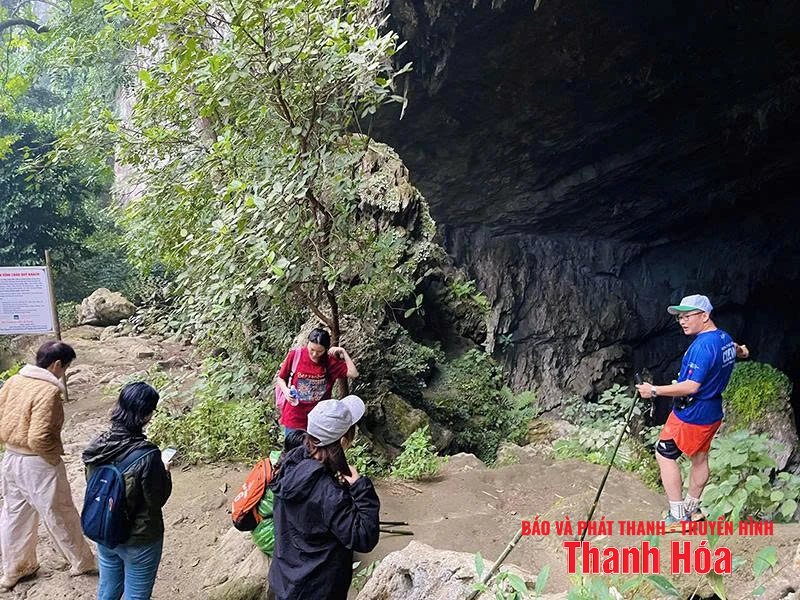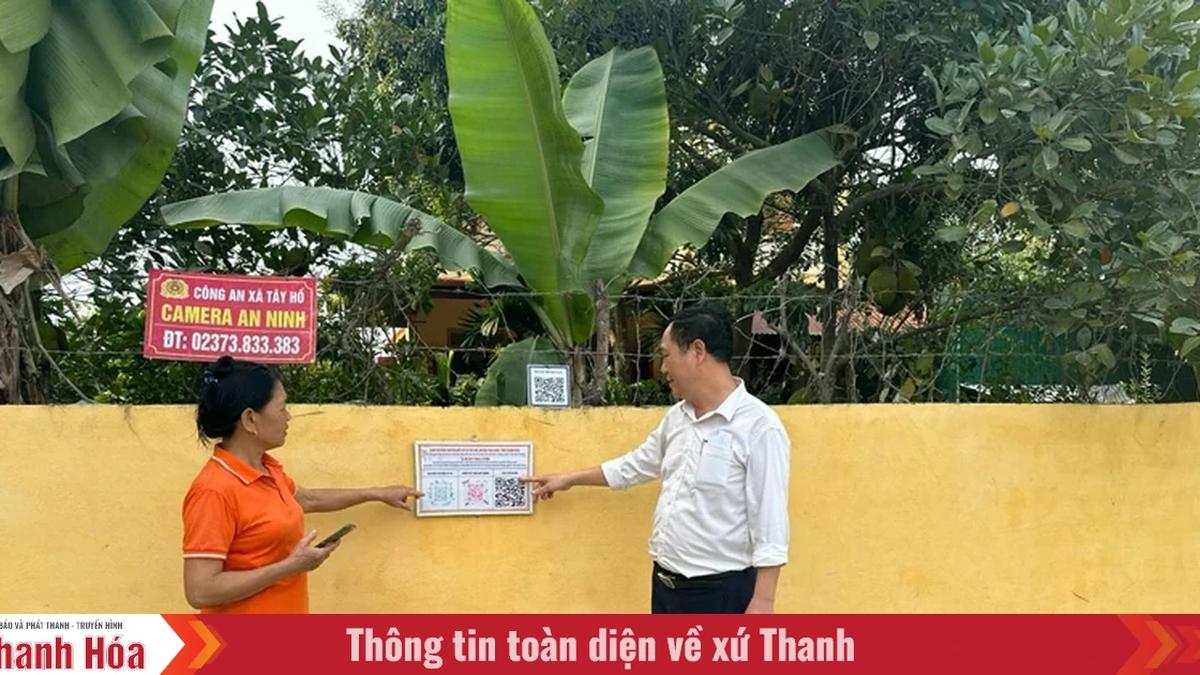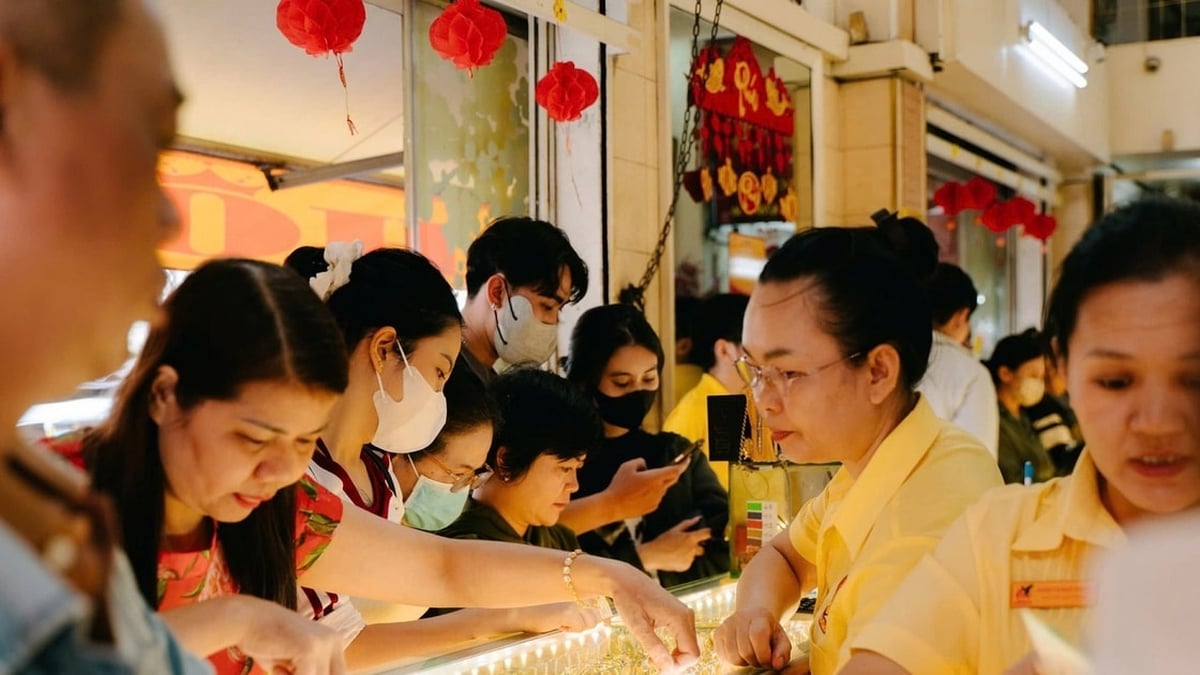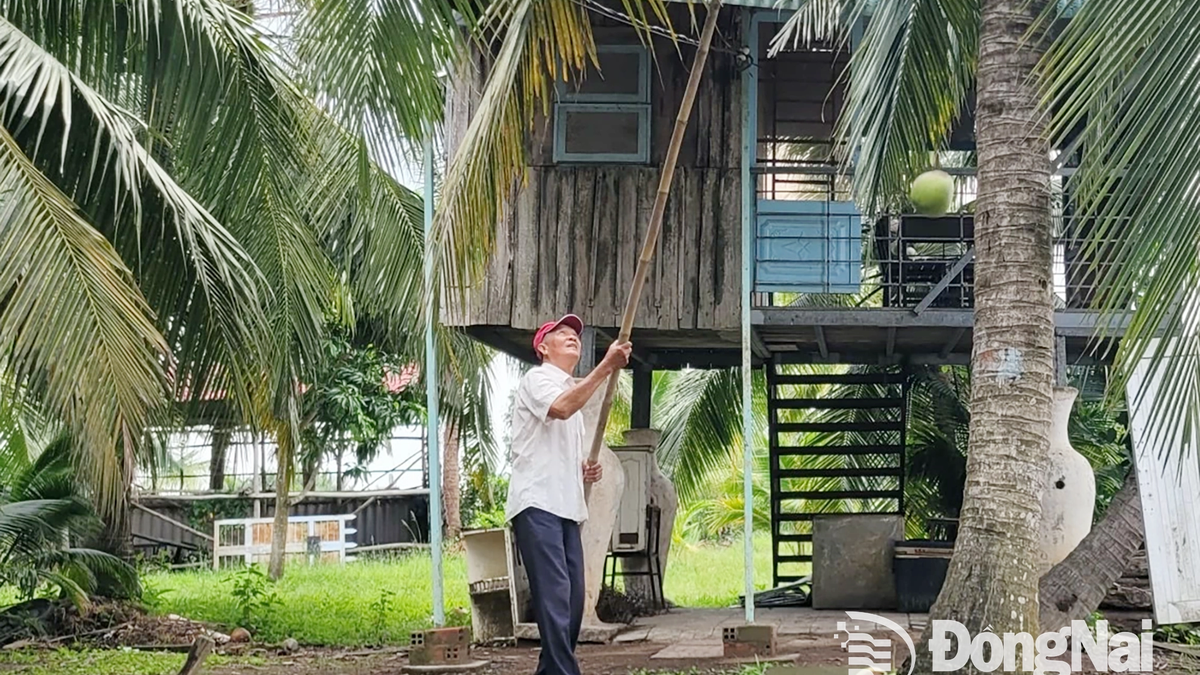Trekking tourists explore Pu Luong Nature Reserve.
The mountainous region in the west of Thanh Hoa has extremely rich natural tourism resources, beautiful and fertile natural landscapes. In particular, the diverse terrain, from green primeval forests, terraced fields, to clear streams, majestic waterfalls hidden among Pu Luong and Pu Hu nature reserves, Xuan Lien and Ben En national parks... has created trekking routes from short, easy to go, to long, challenging routes. In addition, the mountainous region of Thanh Hoa is also home to ethnic minorities Thai, Muong, Mong, Dao, Kho Mu, Tho. These are ideal conditions for tourists to experience the nature and culture of the region. Up to now, there have been 12 trekking tours to explore the mountainous areas of Thanh Hoa officially announced, in which some routes are attracting special attention from tourists such as Pu Luong peak, Con Soi island adventure, Pu Hu peak, green cho heritage tree, Pu Gio peak...
Tour guide Le Duc Hung (Hanoi) shared: "With more than 10 years of leading trekking groups in the Northern region, Thanh Hoa is a potential destination if organized properly. Since the province announced trekking tours, I have led a number of groups to Pu Luong and some deep forest routes in the mountainous area. The feedback from tourists is very positive, they love the fresh air, majestic landscapes, especially experiencing the cultural life with the indigenous people. However, currently many routes lack basic infrastructure such as roads to villages, signposts, and accommodation facilities friendly to trekking tourists. If these things are improved, I believe that Thanh Hoa will become one of the attractive destinations for trekking tourism in the North."
Sharing the same view, Mr. Vu Tuan Phong, CEO of SPO Travel - a unit specializing in organizing sports tours, said that in recent years, young and international tourists have tended to shift to seeking real experiences from nature. Trekking routes with elements of challenge and discovery are increasingly popular.
“In addition to Pu Luong, I think that the West of Thanh Hoa has many undiscovered destinations. What is lacking is not beautiful scenery, but rather tourism products that have not been “packaged” attractively, have not been properly communicated, and have not had effective connections between the government, businesses, and the community. If this can be done, trekking can completely become a typical brand of Thanh Hoa tourism, competing with trekking destinations in the Northwest region,” said Mr. Phong.
According to some tourism experts, to make trekking an attractive form of tourism, there needs to be a systematic, long-term strategy instead of the current small-scale development. First of all, it is necessary to plan and build trekking products with unique characteristics, associated with the identity of the indigenous community. Each trekking route is not simply a journey of walking and climbing, but needs to become an attractive story with complete experiences of nature, people, and culture. For example, a trekking tour to Pu Luong peak is not only a journey through Don and Kho Muong villages... but also an opportunity for tourists to learn how to weave brocade, try being a highland farmer, enjoy specialties and immerse themselves in local activities. These experiences help trekking become a journey connecting with nature and unique cultural values, not simply "walking through the forest".
Along with that, infrastructure and support services need to be invested synchronously. Roads to trekking spots need to be improved to ensure safety; signs, instructions, rest stops, emergency rescue... must be built in a standardized way. This not only helps to enhance the experience but is also a vital factor to ensure the safety of tourists. In particular, it is necessary to train a team of specialized tour guides who understand the terrain, local culture and have the skills to handle situations and provide first aid. This is a point that many trekking spots are currently weak and lacking.
In particular, it is necessary to emphasize the role of the local community. Training the community on environmental protection activities, welcoming tourists, developing homestay services, handicrafts... not only helps them earn more income, but also contributes to raising awareness of preserving cultural identity and protecting natural resources. When the winding trails in the middle of the forest become a lifeline, when the indigenous people become true cultural ambassadors, and when tourists not only come and go but bring with them deep memories of a magical land - that is when trekking is not only attractive, but also becomes a new highlight of Thanh tourism.
Article and photos: Hoai Anh
Source: https://baothanhhoa.vn/de-trekking-tro-thanh-loai-hinh-du-lich-hap-dan-255249.htm




































































































Comment (0)